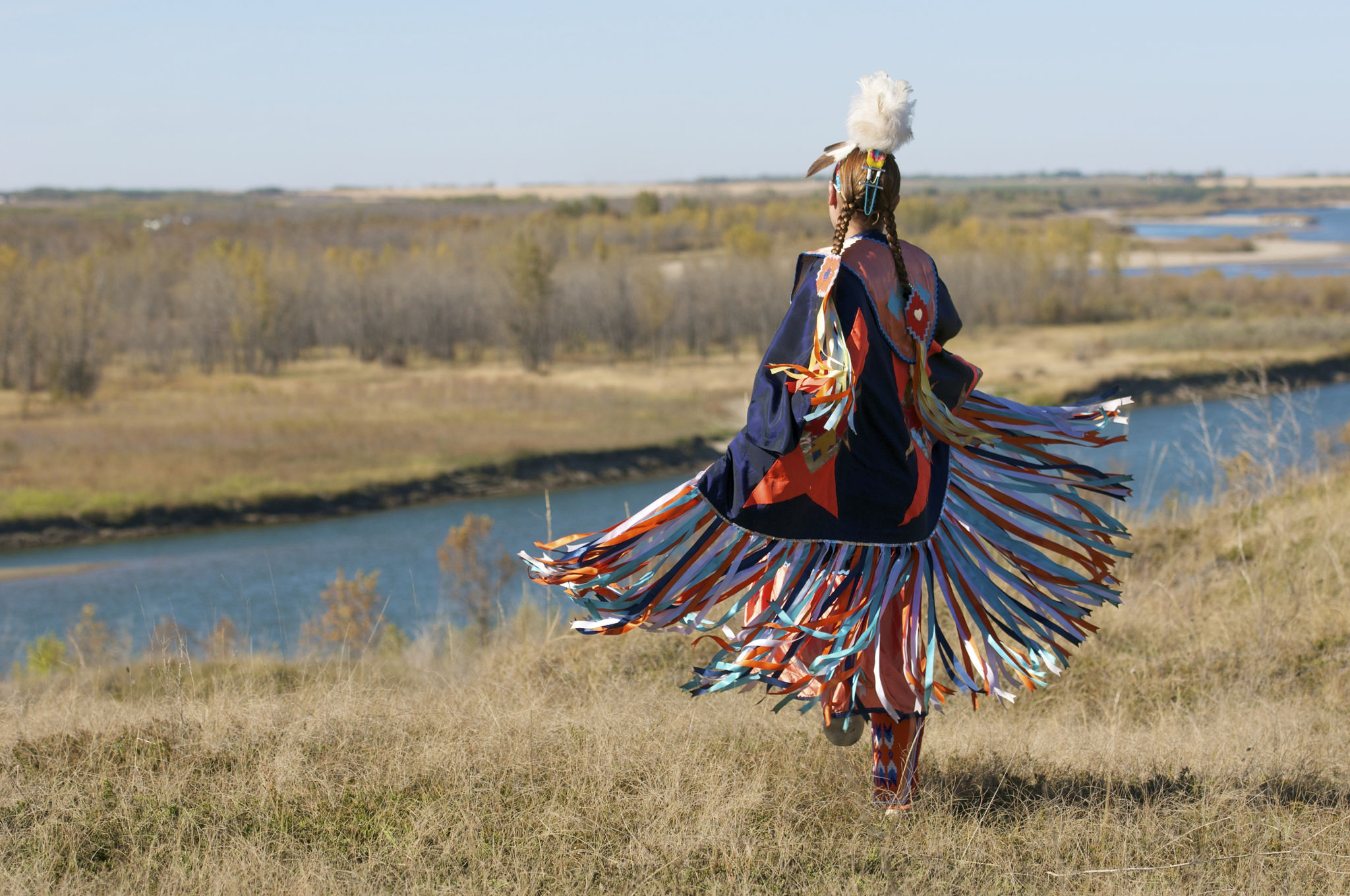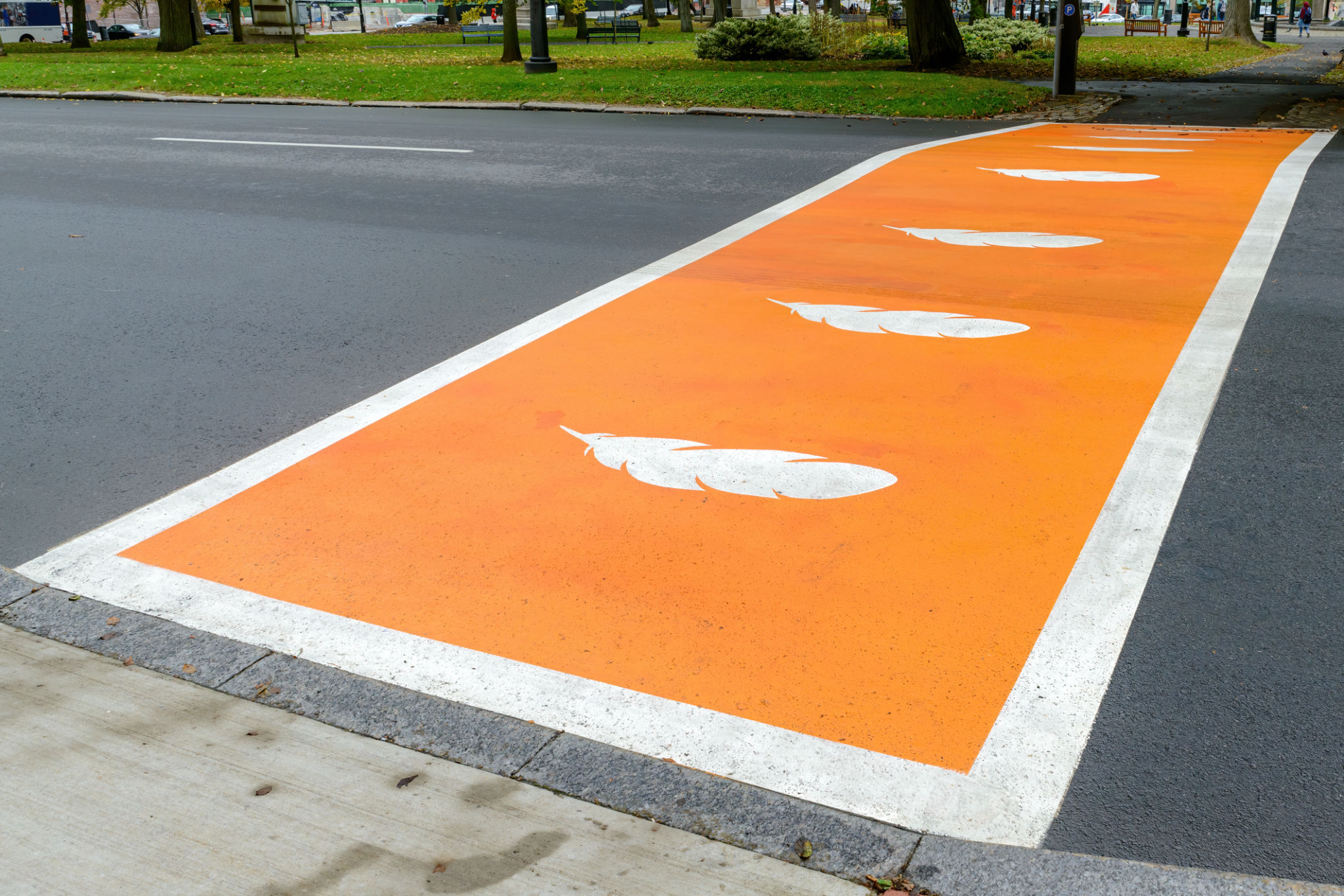Understanding Indigenous Land Rights in Canada
Introduction to Indigenous Land Rights
Understanding Indigenous land rights in Canada is crucial for fostering a respectful and equitable relationship between Indigenous peoples and the rest of the nation. These rights are deeply rooted in history, culture, and legal frameworks that have evolved over centuries. Recognizing and respecting these rights is a step toward reconciliation and justice.
Indigenous land rights refer to the legal recognition of Indigenous peoples' traditional territories and their right to use and manage these lands. This concept encompasses a variety of legal, historical, and cultural dimensions that shape the relationship between Indigenous communities and the Canadian government.

Historical Context of Land Rights
The history of Indigenous land rights in Canada is complex and often fraught with conflict. Before European colonization, Indigenous peoples had their own systems of governance and land use. These systems were based on stewardship and a deep connection to the land.
However, with the arrival of European settlers, treaties were signed that often did not fully respect or understand Indigenous perspectives. Many Indigenous communities lost access to their ancestral lands, leading to significant cultural and economic impacts.
Treaties and Agreements
Treaties were agreements made between Indigenous groups and the Crown that were meant to establish peaceful coexistence. Unfortunately, many treaties were not honored as intended, resulting in disputes over land ownership and usage.

Legal Frameworks and Developments
In recent decades, there have been significant legal developments that aim to recognize and restore Indigenous land rights. Landmark decisions by the Supreme Court of Canada have affirmed Indigenous title to lands and strengthened their rights to self-determination.
The Constitution Act of 1982 was a pivotal moment, as it recognized and affirmed existing Aboriginal and treaty rights. This legal framework provides a basis for negotiating land claims and settling disputes.
Modern Land Claims
Today, many Indigenous communities are engaged in negotiations to settle land claims. These processes aim to address historical grievances by providing compensation, land restitution, or a combination of both. Successful settlements can lead to economic development and renewed cultural vitality for Indigenous peoples.

The Impact of Land Rights on Indigenous Communities
The recognition of land rights has profound implications for Indigenous communities. It enables them to exercise greater control over their lands, leading to enhanced cultural preservation, economic opportunities, and improved social outcomes.
Moreover, respecting Indigenous land rights is essential for environmental stewardship. Indigenous communities have a deep understanding of sustainable land management practices that benefit both the environment and the broader society.
The Role of Reconciliation
Reconciliation is an ongoing process that requires the recognition of past injustices and the commitment to building respectful relationships. Understanding and upholding Indigenous land rights is a critical component of this journey toward healing and partnership.

Conclusion: Moving Forward
As Canada continues to address its history with Indigenous peoples, understanding and respecting Indigenous land rights is essential for creating a just society. By acknowledging past wrongs and working toward equitable solutions, Canadians can support Indigenous communities in reclaiming their rightful place within the nation.
Education and awareness are key to fostering understanding and support for Indigenous land rights. By learning about these issues, individuals can contribute to meaningful change and support policies that promote justice and reconciliation.
